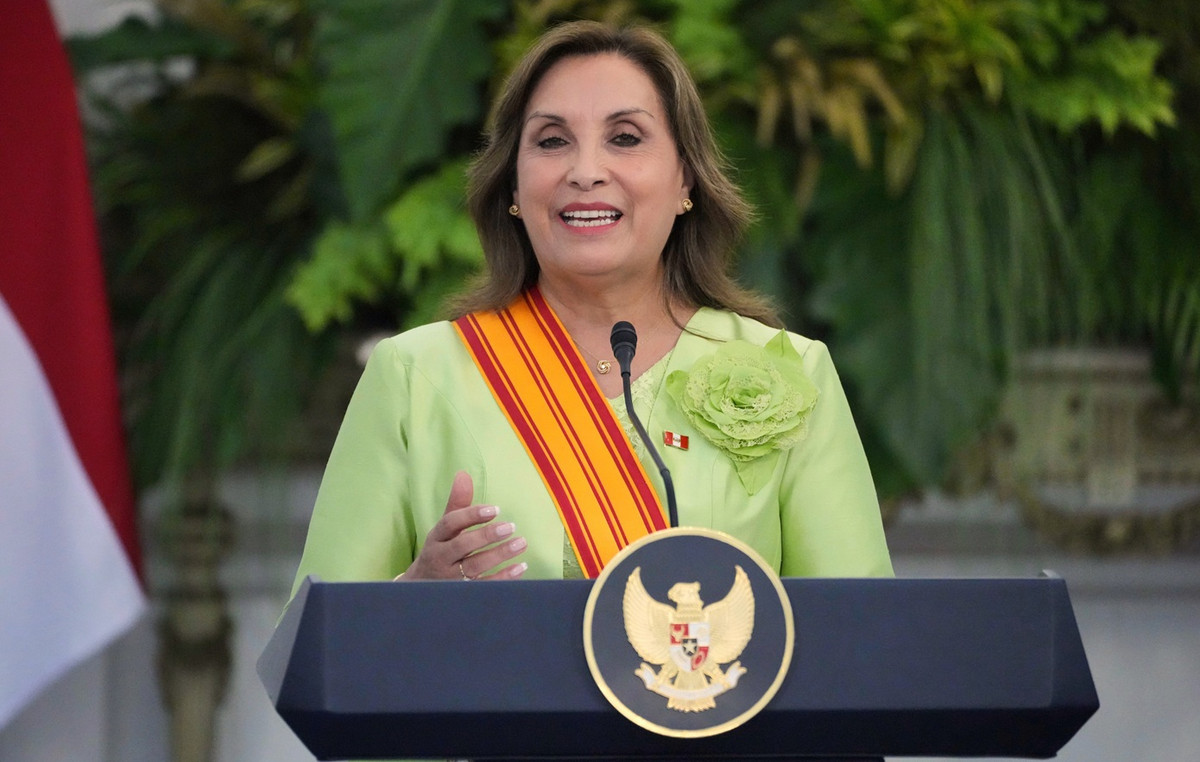Castration is a public health measure, considered one of the main forms of population control of dogs and cats. The measure reduces the rates of reproduction, abandonment and the transmission of diseases among animals.
With the aim of reducing the number of animals on the streets and promoting access to castration actions, scientists from the University of Brasília (UnB) have developed a quick and non-surgical castration method for dogs and cats.
The studies were conducted by researchers Vanessa Nicolau de Lima, doctoral student in the Postgraduate Program in Animal Biology, and Juliana Lis Mendes de Brito, postdoctoral student in the same program, with the support of Capes (Coordination for the Improvement of Higher Education Personnel). ).
In the male-only procedure, the animal is sedated and injected with tiny particles of iron oxide into the testicles. Then, sterilization can be done by applying a magnetic field (magnetohyperthermia) or an LED light (photohyperthermia). In both procedures, the temperature reaches about 45 degrees and does not cause burns to the animals.
In the case of magnetohyperthermia, the external magnetic field is applied to the testicle region and the injected nanoparticles generate heat only at the application site. The photohyperthermia procedure, in turn, consists of the use of an infrared LED so that the nanoparticles transform light into heat and promote sterilization.
According to Juliana, the procedure lasts 20 minutes and causes the testicle to atrophy. “We followed 13 animals and reached the end of the experiment with an animal that had remnants of a tissue, which we believe would be a testicle, but it was no longer functional at all”, explains Juliana in a statement.
Public health problem
According to researcher Vanessa de Lima, a single pair of cats can generate around 50,000 kittens in 10 years, including direct and indirect descendants.
“The number of dogs and cats that live on the streets is a challenge for public managers. It’s a public health problem. This research opens up the possibility of being applied as a public policy,” she says.
Although surgical castrations play an essential role in population control of dogs and cats, the procedures are not always sufficient or affordable for the high demand of large cities. According to experts, the project could contribute to reducing the impacts on public health.
The magnetohyperthermia technique applied to the castration of animals, coordinated by Professor Carolina Madeira Lucci, from the Postgraduate Program in Animal Biology, was patented in 2020.
Gathering different knowledge
The development of the new castration method was possible from the interdisciplinarity, bringing together knowledge from the areas of biology and physics. Professor at the Physics Institute of the Federal University of Goiás (UFG) Andris Bakuzis provides the iron oxide nanoparticles for the study.
According to Bakuzis, the cost of producing the nanoparticles is low and the dose used per animal is small. “You don’t need a very large amount, this is good because it reduces the potential for toxicity of the substance, since the amount you put in is really minimal”, says the professor in a statement.
Photohyperthermia equipment for the project came from the Physics Institute at UnB, with the collaboration of Professor Paulo Eduardo Souza.
(With information from Secom UnB and CCS/Capes)
Source: CNN Brasil







